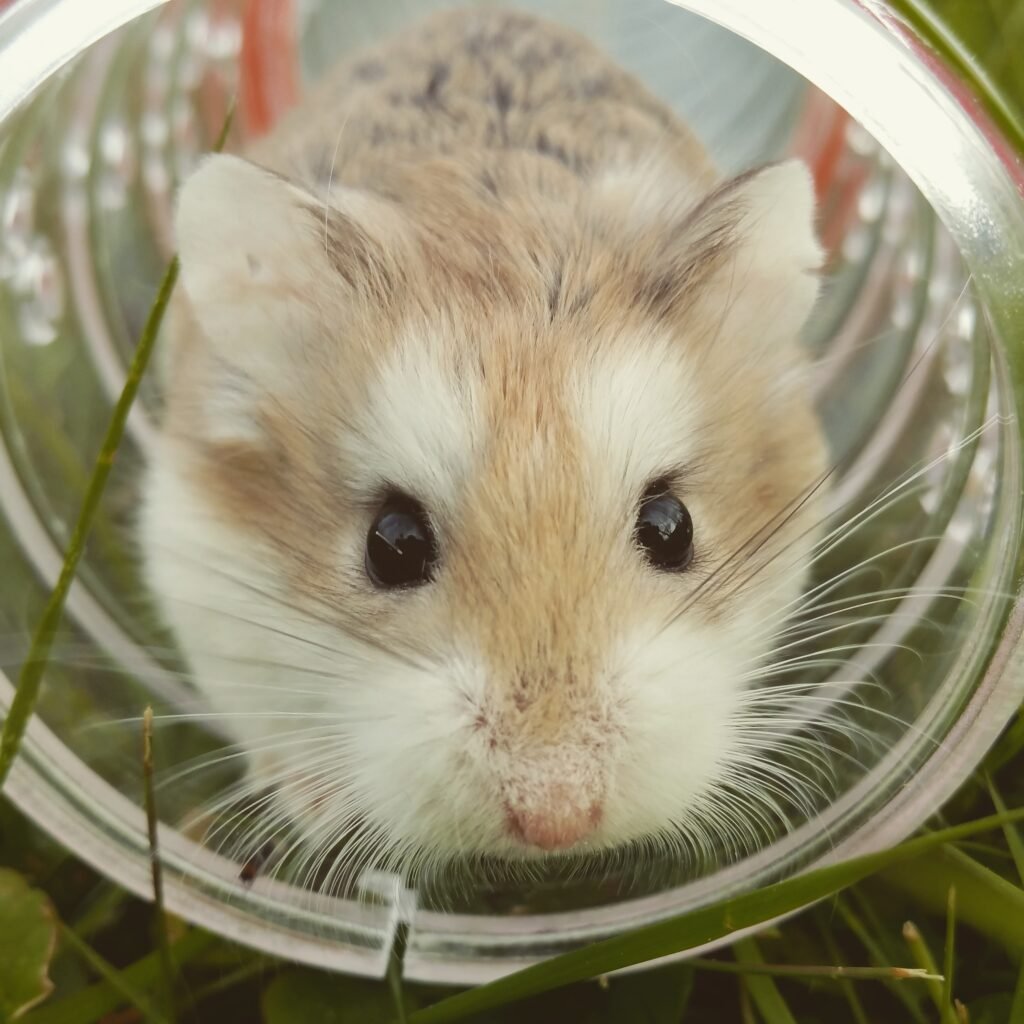How to Care for a Pet Hamster?
Hamsters are small creatures up to four to seven inches long and available in different coat colors. Have large cheek pouches to collect food and two long front teeth that grow throughout their lives. Moreover, they want to sleep all day and are active all night. Hamsters prefer to be alone, however, they show friendly behavior with humans and rarely bite. Caring for a pet hamster is not so difficult. Just have some basic understanding of their needs and you can enjoy a happy, cuddly pet hamster in your hands.
How to choose the right hamster?
- Hamsters are cheap pets to purchase and care for. To choose a pet hamster visit the pet store or animal shelter near you. Prefer local or rescue breeders.
- Hamster breeds are categorized into a giant, medium, and dwarf hamsters. The most popular type is a medium size (6 to 7 inches) Syrian hamster with golden color. Another popular hamster breed is the dwarf hamster. They usually live peacefully and are human-friendly.

- Choose a hamster that has clean ears, bright eyes, and healthy teeth growth. Check the stomach for unusual lumps and the bottom for any sort of wetness. It’s better to hold the hamster in hand whose color and size you adore. If it sniffs or gently nips your hand, don’t hesitate to pick that one. Avoid buying a hamster with aggressive or extremely fearful behavior.
If all is set, take your pet to its new home.
Arrange favorable habitat to properly care for pet hamster
The cage type: A tight and rigid wire cage is good to go for a hamster as they are escaping artists. Make sure all holes are well sealed plus no removable parts can be opened by the hamster.
Cage Size: Choose the cage that is according to your pet’s size and can fit an adequate-sized wheel. Mostly a cage with a 600 square-inch area, works best for all hamsters.
Placing Area: Place the cafe in a place that is safe, well-ventilated, and free from other household pets. Hamsters like moderate temperatures so choose a place that is well-lit but out of the reach of strong sunlight or cold drafts.

Bedding of the cage: As hamsters are natural diggers, as an owner it’s your responsibility to provide them with at least 6 inches of bedding.
Hamsters are very curious and their first instinct is to chew on whatever they find, so the hamster munches on the cage’s bedding. So make sure the bedding has no harmful dyes. Choose natural bedding materials like aspen wood shavings, orchard grass, Brome hay, and botanical hay. Avoid softwood shavings like pine and cedar, which cause respiratory problems in hamsters. Also, avoid cotton bedding that is indigestible and may be lethal for your new friend.
Feeding habits of a pet hamster
Food dish: Make sure that your hamsters are served in a metal or earthen bowl. Otherwise, they may ingest their bedding which may cause serious health problems.
Feed the hamster every day: Seed mixtures allow the hamster to be picky and they select the tastier, less healthy items. So, always serve your pet hamster a pellet or block food to prevent selective eating. You can give them some seeds after they eat their pellet food.
Feed twice a day: Dawn and dusk are best because this is the time when they are most active.
Fresh foods: Hamsters eat fresh vegetables like cucumbers, spinach, and broccoli, as well as fruits like apples, pears, and bananas.

Feeding tips:
- Make sure to provide your hamster with enough food each day to fill both cheeks.
- Hamsters don’t like to eat leftovers. So change her food daily.
- Try spreading the food around the cage or hide behind toys otherwise they may become overweight and will take less interest in physical activities.
- Avoid serving human foods to hamster-like candies, pasta, or desserts, otherwise they may develop diabetes.
Water needs:
Hamsters don’t drink too much water, but when they get thirsty, make sure the water is available. Putting water in a dish is not a good idea at all. Instead, hang a water bottle or water dispenser and make sure to change the water every day like you change the food.
Provide them with exercise tools plus an area to explore to care for a pet hamster
Playpen: Your hamster enjoys time when they get a chance to explore outside the cage. You can use a clean plastic bin or invest in a playpen that is specially designed for pet rodents. Make sure they can’t escape from the box, since they are escaping experts.
Hamster wheel: Hamsters have a necessity for a solid wheel. If the wheel has gaps in it, it could injure the hamster.
Make sure to purchase a wheel that suits the size of your pet. A small-sized wheel causes hindrance in running. Don’t be afraid to go bigger.
Hamster balls: They are hollow spheres made of clear plastic and allow hamsters to run and exercise outside their cages without the risk of escaping or getting lost under furniture. However, don’t leave your pet hamster unattended in her ball.
Provide them with something to chew
Your hamster’s teeth grow constantly, they will need to grind them down slowly. A hamster may choose to chew on her cage if nothing is available to chew on. So bring hamster-chewing toys or blocks from the pet store to fulfill their chewing craving. You can also purchase hamster chew sticks for your pet that are available in different colors and flavors.
Change Hamster Bedding Monthly, Clean the Cage Weekly
Place your hamster in a safe place. While you are cleaning their home, place your hamster in their hamster ball or a playpen.
Clean water bottle once a week: The water bottle can be cleaned by placing uncooked rice and a little water in the bottle and then shaking it vigorously. The rice will dislodge any algae build-up.
Clean her cage on weekly basis: Use regular mild soap or special rodent soap to thoroughly clean her cage. Make sure that all the water has evaporated and all of the cleaning solutions have been removed before putting the hamster back into her cage. As hamsters have sensitivity issues.
Replace their bedding once per month: To retain the hamster scent on the bedding, mix a small amount of unspoiled bedding with new bedding.
Take your pet hamster to the vet
Always call the vet if your hamster is suddenly behaving strangely. As altered behavior is often a sign of illness. Also take her to the vet, if she
- Stops eating
- Wheezing or runny nose
- Grows a strange lump
- Drinks far more than usual
- Have blood in her urine
- Has a large open wound
Takeaways
Hamsters have a relatively short lifespan, about 2-3 years. However, generally, live shorter lives when raised in captivity. To ensure a happy, healthy, and long life for your hamster, keep it in a larger cage, feed it fresh fruits and vegetables and make sure it gets plenty of exercises. More importantly, watch for unusual signs and symptoms of illness in your pet hamster.
Look into “howtothing.net” detailed pages about care for dogs, cats, fish, and birds to get more information.

